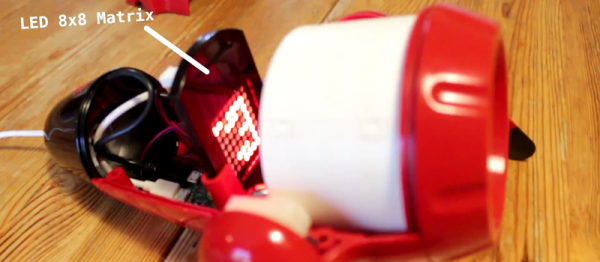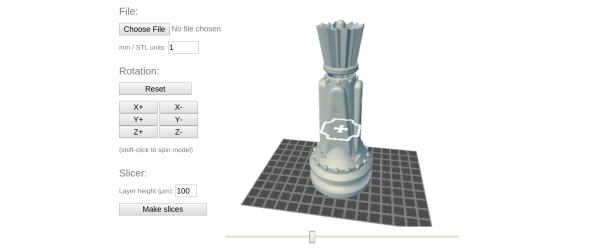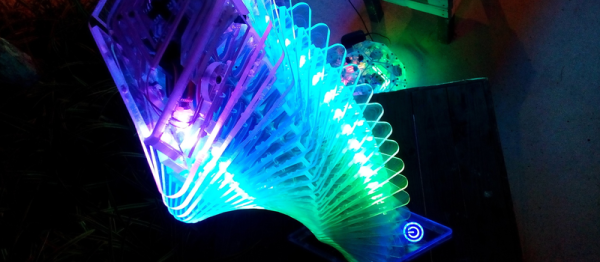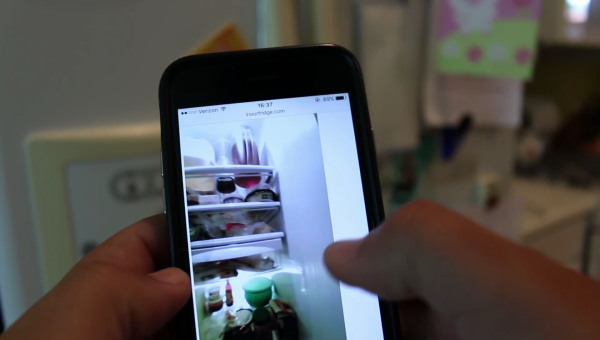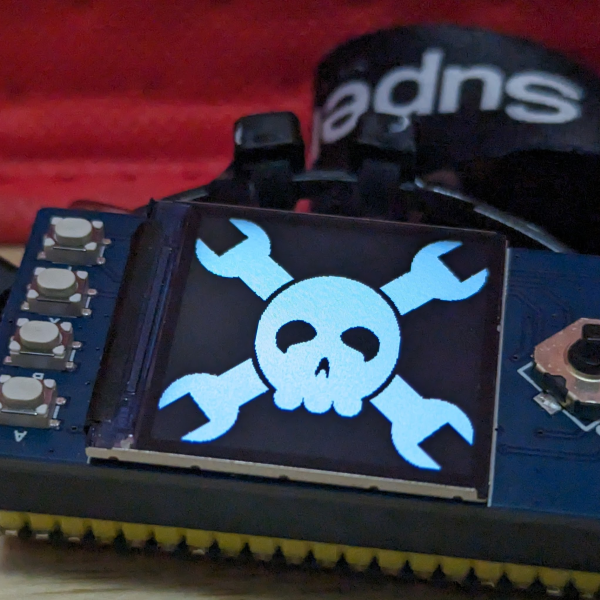If you’ve ever used a drill press, you too may be familiar with the dreaded airborne parts. Just a bit farther to drill and then–kachunk–a siezed drill bit sends your part spinning, or worse, hurling across the garage. We quickly learn to clamp down our parts in a vise. Unfortunately, even a vise wont prevent the drill bit from skipping around and drilling wherever it wants.
Fortunately [djpolymath] has a fix. From spare bicycle quick-releases, he’s cobbled together a vise clamp that’s both dead simple and dead clever. On a bicycle, the quick-release is a painless mechanism for taking off the wheels in a pinch without using fancy tools. [djpolymath] has simply relocated a few spares onto a vise. With a few washers for spacing them out correctly, he’s set–and so is the vise.
Now that things are getting a bit safer in the garage shop, why not try a few other tool modifications, like this jigsaw table.
Continue reading “Vise Quick-Release Locks Down Your Parts For Good”


